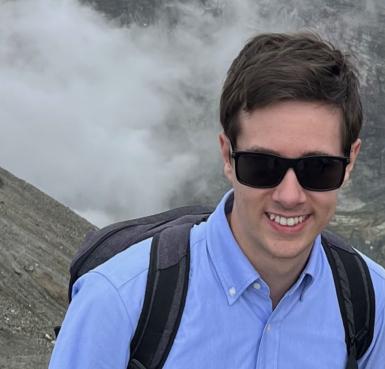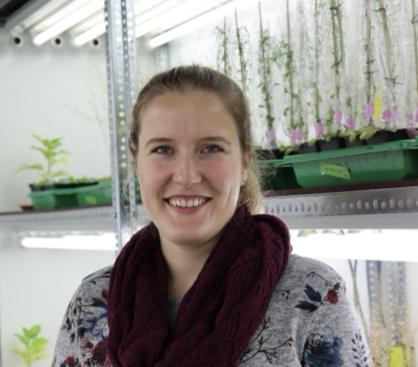Dear colleagues,
Our next webinar will be on 5th December 2023 at 15:00 CET on the topic “Persulfides” and, we are excited to announce the following talks:
 Supersulfides as a basis of antioxidant system
Supersulfides as a basis of antioxidant system
Vladimir Baraev, PhD
Department of Environmental Medicine and Molecular Toxicology, Tohoku University Graduate School of Medicine, Sendai, Japan
Uladzimir (Vladi) was born in Minsk (Belarus) where he received initial training in free radical chemistry. He then finished Master's course in molecular spectroscopy in Lille (France) and Leipzig (Germany). After he completed his Master's thesis with Maria Fedorova, Vladi joined the lab of Tobias Dick in Heidelberg, Germany to study the role of supersulfides in cellular free radical reactions and ferroptosis. After completing his Ph.D. thesis last year, Vladi moved to the lab of Takaaki Akaike in Sendai (Japan), a world leader in the supersulfide field. Now Vladi is studying the role of supersulfides in a human antioxidant defence system. Sulfurtransferase-mediated persulfidation in plants
Sulfurtransferase-mediated persulfidation in plants
Anna Moseler, PhD
Department Chemical Signalling, Institute of Crop Science and Resource Conservation University of Bonn, Germany
She started her scientific career working on functional analysis of oxidoreductases of the glutaredoxin protein family in the model plant Arabidopsis thaliana at the University of Bonn with Andreas J. Meyer. After defending her PhD thesis, she was awarded with a prestigious Humboldt fellowship to work with Nicolas Rouhier and Jeremy Couturier in Nancy, France investigating cysteine catabolism with a focus on sulfurtransferases.
Currently, she holds a position at the Institute of Crop Sciences and Resource Conservation at the University of Bonn, Germany. Her research aim is to elucidate the molecular processes underlying persulfidation as a key posttranslational modification, where a cysteine thiol (- SH) is covalently bound to sulfur to form a persulfide (SSH). Despite the increasingly recognized role of persulfidation in plants and other species, the cellular mechanisms behind persulfide formation remain largely unknown. The goal is to identify proteins that contribute to persulfidation either directly by transferring the persulfide to specific target thiols or indirectly through the production of H2S for downstream persulfidation reactions, and to investigate the regulation and functions of the persulfides.
How can I join the webinar?
https://us06web.zoom.us/j/86469731540?pwd=Mu9W9zBMm65TpJb6k4pwviFjseHQxw.OgbiZAvSiHJI7kVt
Passcode: 433382
More information about the ECR Subcommittee can be found on the SFRR-E website (https://www.sfrr-europe.org/index.php/sfrre/ecr-early-career-researcher), while regular updates can be found on Twitter (@SFRR_Europe) and Instagram (@sfrr_ecr).
For any question or suggestion you might have, you can contact us via email:
Hope to see you online for our next Webinar Series appointment,
The ECR subcommittee
